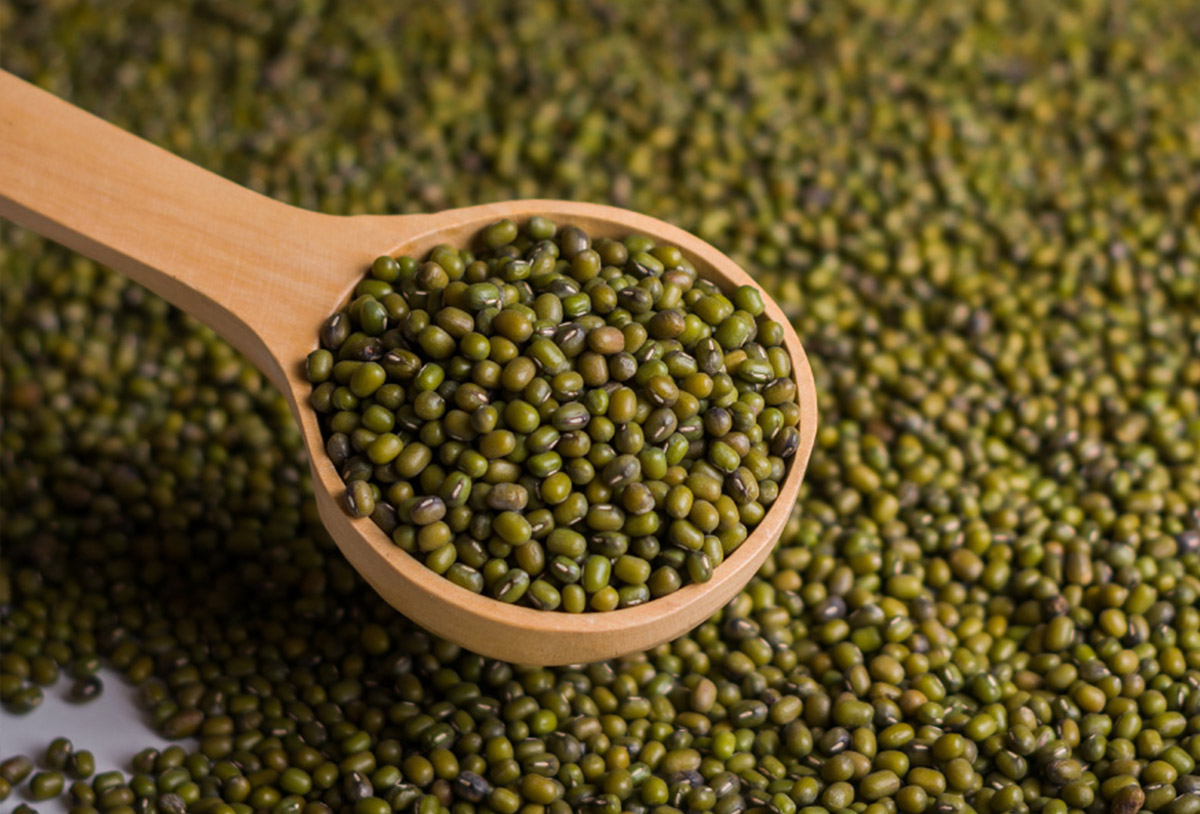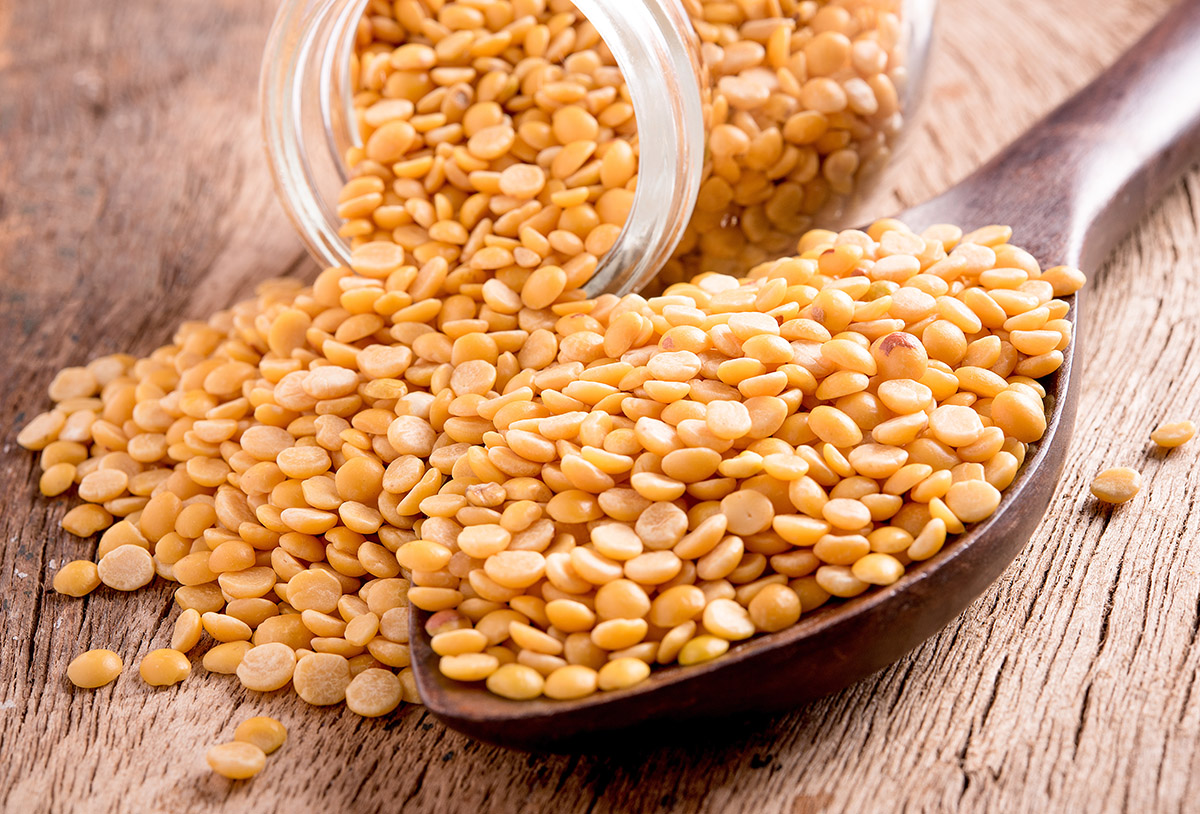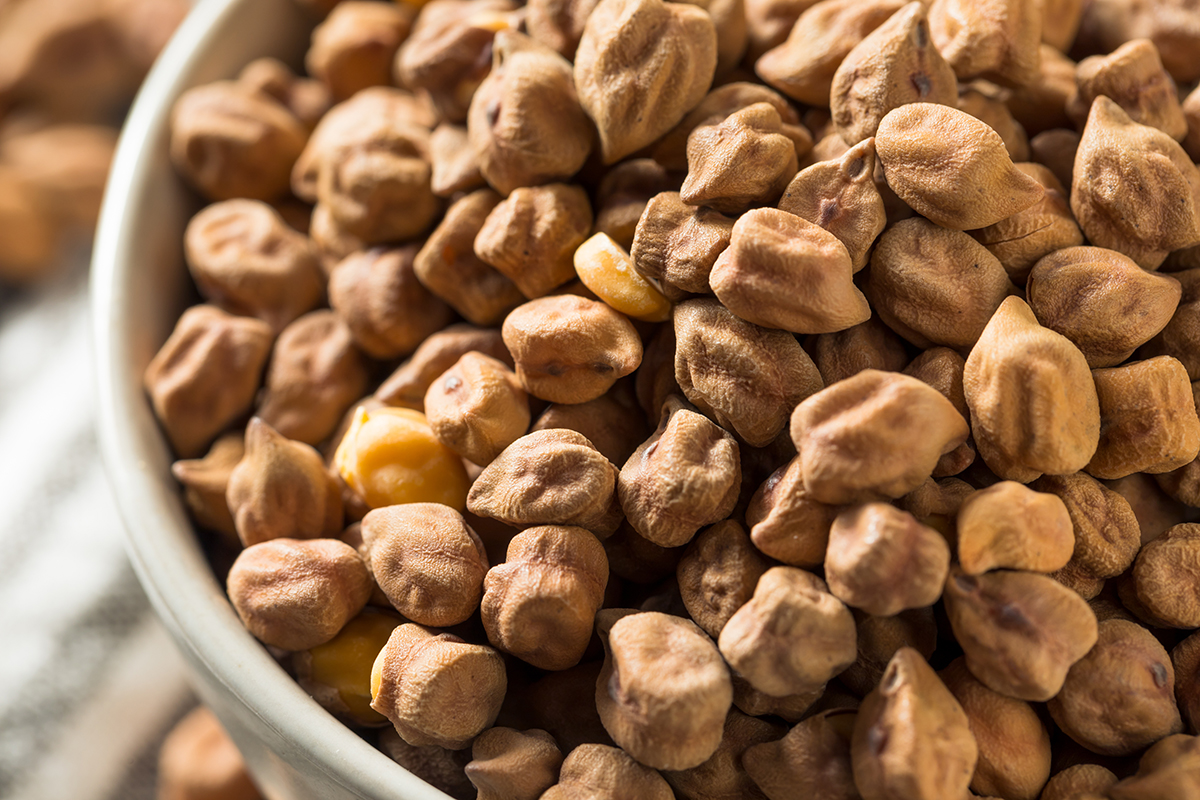November 21, 2023
15 years in the pulses trade means GPC Board member Saurabh Bhartia knows a few things about pulse market dynamics. He discusses India’s pulses scenario and pigeon, desi and lentil markets with Lara Gilmour.



The first advanced estimate for the Kharif season indicates a decline in pulses production, particularly for pigeon peas, black matpe, and mung, in the upcoming year. Last year's production was already below average, and the forecast for the next year doesn’t point to an improvement. Also, the first estimate is derived from the average of the last five or six years, without factoring in potential weather impacts on yields.
Pigeon peas, in particular, face a critical situation as October, a crucial month for productivity, has experienced extremely dry conditions in the primary pigeon-growing regions of Maharashtra and Karnataka, which contribute to 70% of India's pigeon pea production. October rainfall in Maharashtra has been 80-90% below normal, and August recorded the lowest rainfall in a century. With pigeon pea harvesting in December, the current weather conditions are pivotal for the crop's success or failure.
Projections suggest that pigeon pea production could be 4-5% lower than last year, as stated by the government, but it could potentially be lower by as much as 10-15%. With minimal carry-in stocks, the bottom line is that the global supply of pigeon peas may not be enough to meet the expected shortfall going into next year.
This year, the Australian crop is lower than last year; the actual figure of last year is debatable, between 1.6 and 1.9 million tonnes. This year, it’s around 1.4. The range means it’s short between 300 and 400 thousand tonnes year-on-year. Add to that Canada’s crop being short by 300-400 thousand tonnes year-on-year and it means total supply is down by 700 thousand tonnes.
The next viable alternative is red lentils. We’ve seen a notable surge in Indian demand over the past six months, excluding October. Monthly comparisons indicate a 15-30% year-on-year increase in red lentil demand, translating to a monthly uptick of 30-40 thousand tonnes, primarily due to the wide price spread between split pigeon peas and split red lentils. Wherever possible, the shift is happening. While consumer household demand is sticky, there is a noticeable transition in HORECA (Hotels, Restaurants, and Catering) demand towards red lentils.
From a demand perspective, the Indian government is proactively procuring red lentils to add to their buffer for the coming year as a substitute for pigeon peas. Recent market information suggests the government has already procured 400 thousand tonnes of red lentils within the last 45 days, buying already imported stocks into India from Australia and Canada. This development creates additional demand; India's total import volume shifts from one million tonnes to approximately 1.4 million tonnes.
From a marketing year perspective, global supply is reduced, India alone is adding 400 thousand tonnes to the import program and there are potential fluctuations from other countries. As of now, most countries appear to be underbought, and while the current situation doesn't indicate a surplus, the dynamics may change in the next year.
The Supply and Demand (S&D) situation is delicately balanced, leaning towards tightness, depending on the success of Indian production. Early data for the ongoing rabi season suggests a 15% year-on-year increase in lentil seeding pace. However, this may be misleading, as last year's seeding was delayed due to late rainfall. It’s possible that this year’s lentil area could be up 10% because of higher returns to farmers and a higher Minimum Support Price (MSP). Moreover, a poor moisture profile in the wheat-growing belt of Madhya Pradesh is diverting acres from wheat to pulses, potentially contributing to an increase in pulse acreages. Despite this, the absence of rain in the forecast for the next two weeks and the El Nino weather pattern mean it’s a weather play. If yields are good, production could increase by 10-20% year-on-year, potentially reducing the lentil requirement for the next marketing year by 300-400 thousand tonnes, but it’s too early to call.
“If yields are good, production could increase by 10-20% year-on-year, potentially reducing the lentil requirement for the next marketing year by 300-400 thousand tonnes, but it’s too early to call.”
Typically, East Africa ships out around 300-350 thousand tonnes of pigeon peas between September and December. However, this year has seen a significant drop, not even reaching 200 thousand tonnes despite the overall crop in East Africa being similar to last year. The reduction is attributed to disruptions in shipments from Mozambique, due to a local issue.
East Africa typically supplies 500-600 thousand tonnes of pigeon peas to India annually, a crucial source for India's needs so the shortfall in these shipments exacerbates the tight situation. Presently, East African markets are trading at a level USD 300 higher than three months ago. Despite this increase, importers are struggling to secure a guaranteed supply, creating a challenge for the market. The Indian government has intervened and urged East African counterparts to address the issue and ensure a steady supply flow.
This supply disruption, coupled with the shortfall in Indian pigeon pea production, has driven market prices higher. The elevated value of pigeon peas is evident in the increased imports of green lentils into India, reflecting the impact of these market dynamics.

It’s a possibility. Values of green mung beans are trading very close to the MSP. Overall, the Kharif estimate indicates lower production year-on-year and last year’s production estimates were already lower. If the government is looking at an all-pulses scenario, especially considering the high trading values of pigeon and matpe, there may be a reconsideration of restricting green mung beans. To address affordability and availability concerns, the government might contemplate allowing the free flow of all pulses into the market, providing consumers with a choice in case certain pulses become too expensive.

Again, it’s a possibility. The reason for shutting yellow pea imports was because chana, which substitutes yellow pea, had consistently traded below the MSP for five years. However, the dynamics have shifted, as chana has been consistently trading 10-15% above the MSP for the past five months. It’s dependent on the rabi season, with recent reports indicating a potential decrease in chana acreage by 5-7% year-on-year, possibly even reaching 7-10%.
Seeding is ongoing and will continue until mid-December but there is extremely dry weather in Central and Western areas. If this dry spell persists for the next 30-45 days, it poses a potential threat to yields, too. Considering the huge volumes of chickpeas India produces (~13 million tonnes), even a 10% reduction in production would result in an important shortfall. Australian production is expected to be around half a million tonnes so global supplies would not be enough to meet demand in that case.
If chana production decreases next year and prices are above the MSP for all pulses, coupled with potential challenges in pigeon pea supply it will be natural for the government to reassess and consider yellow peas as a cost-effective protein source to meet the dietary needs of the larger Indian population. This strategic decision would involve policy considerations, and discussions on this matter could become more prominent and serious sometime in 2024.
“If chana production decreases next year and prices are above the MSP for all pulses, coupled with potential challenges in pigeon pea supply it will be natural for the government to reassess and consider yellow peas as a cost-effective protein source to meet the dietary needs of the larger Indian population.”

The market is just getting active on desi. Australia’s production is around 500 thousand tonnes, compared to last year when the total availability for export was around 900 thousand tonnes due to a significant carry-in. This year, the total global availability of desi chickpeas is only 50% of last year's. Considering Pakistan imported 350-400 thousand tonnes of desis last year, Australia's supply this year can only cover around 150-175 thousand tonnes. Bangladesh may secure around 150 thousand tonnes, and Dubai another 50-75 thousand tonnes, and then the crop is finished. This scarcity becomes more pronounced given that Australia and India, together, exported 1 million tonnes last year and this year, in comparison, India may have a one million tonne shortfall and nothing available for export.
There’s a USD problem in Pakistan and Bangladesh that has caused trade to slow down but once it resumes, there may not be enough supply to meet the total demand. Ramadan is early this year and so in around two weeks, we are going to start seeing Bangladesh’s pre-Ramadan demand, which represents around 60% of its annual requirement.
Canada and Australia currently meet India's lentil demand and Australia’s higher-yielding varieties mean it is consistently improving yields. In Canada, it’s different because the growing canola industry is reducing acres for other crops, likely impacting yellow pea production as it’s the least rewarding crop for farmers. We’ve already been seeing yellow pea acres decreasing year-on-year, mostly due to poor yields.
Australia is the second-largest producer of desis after India, so acreage will depend on whether India gives signals to Aussie farmers in a timely manner. Especially given the current 66% duty, if India doesn't indicate market openness by April when Australia starts seeding and the rabi crop has come off, Australian farmers will probably not increase chickpea planting. In the case of Indian supply problems, substitutes may be considered, and prices would adjust to address the supply shortfall.
India is the largest producer, importer and consumer of pulses in the world. I participate in GPC conventions every year but the fact that next year it is happening in India makes it even more important for all stakeholders to attend. As an industry, we need to actively engage and demonstrate our commitment to the pulse business. The Indian market is one that cannot be overlooked by any stakeholder, and it’s more pertinent than ever to stay informed about this highly dynamic and constantly evolving industry.

Red lentils / mung beans / yellow peas / desi chickpeas / Saurabh Bartia / Viterra / India / Australia / kharif 2023 / rabi 2024 / Canada
Disclaimer: The opinions or views expressed in this publication are those of the authors or quoted persons. They do not purport to reflect the opinions or views of the Global Pulse Confederation or its members.